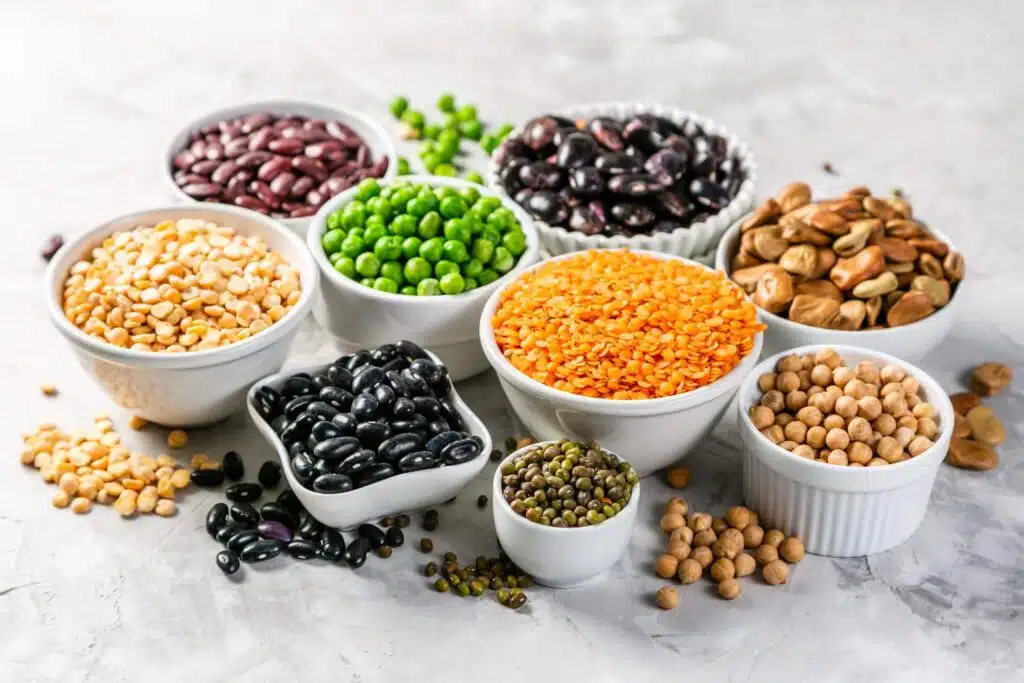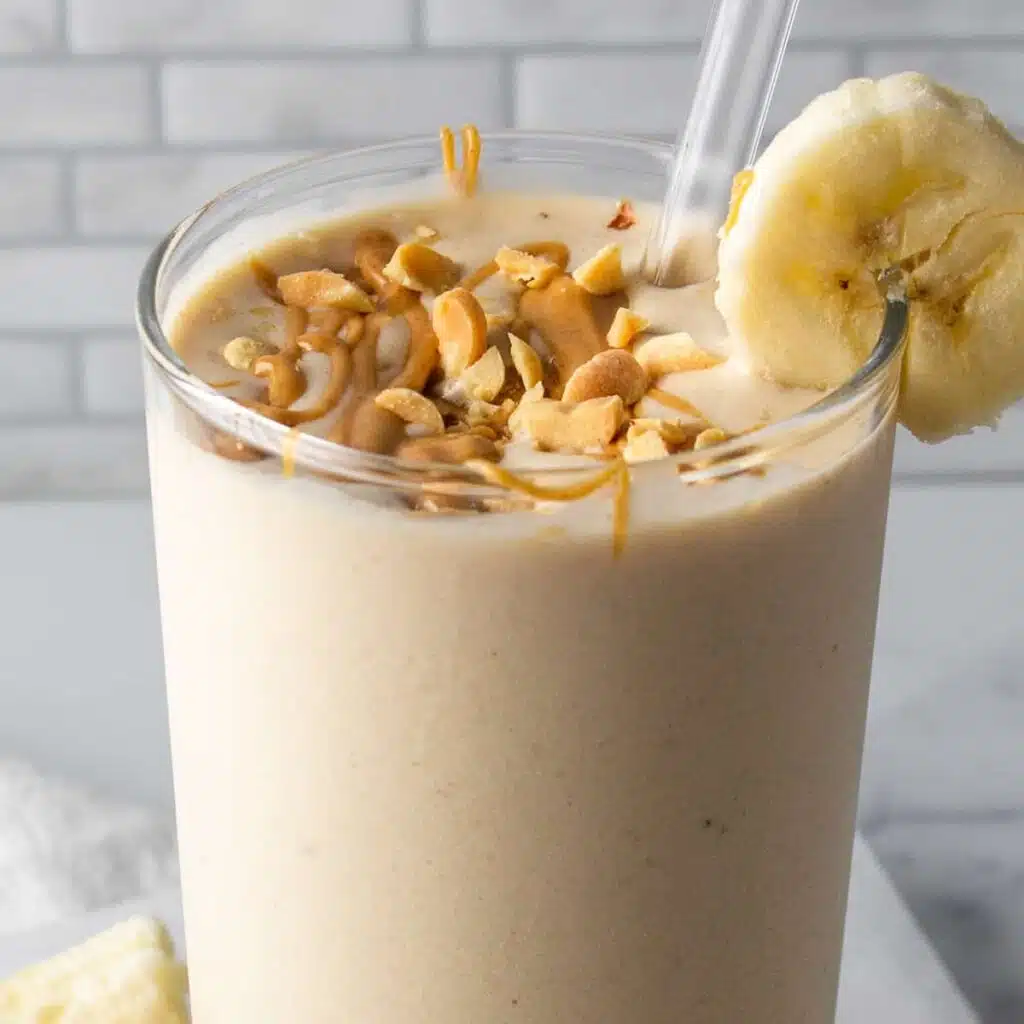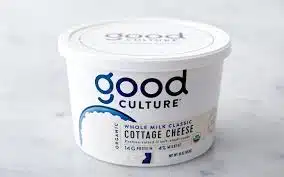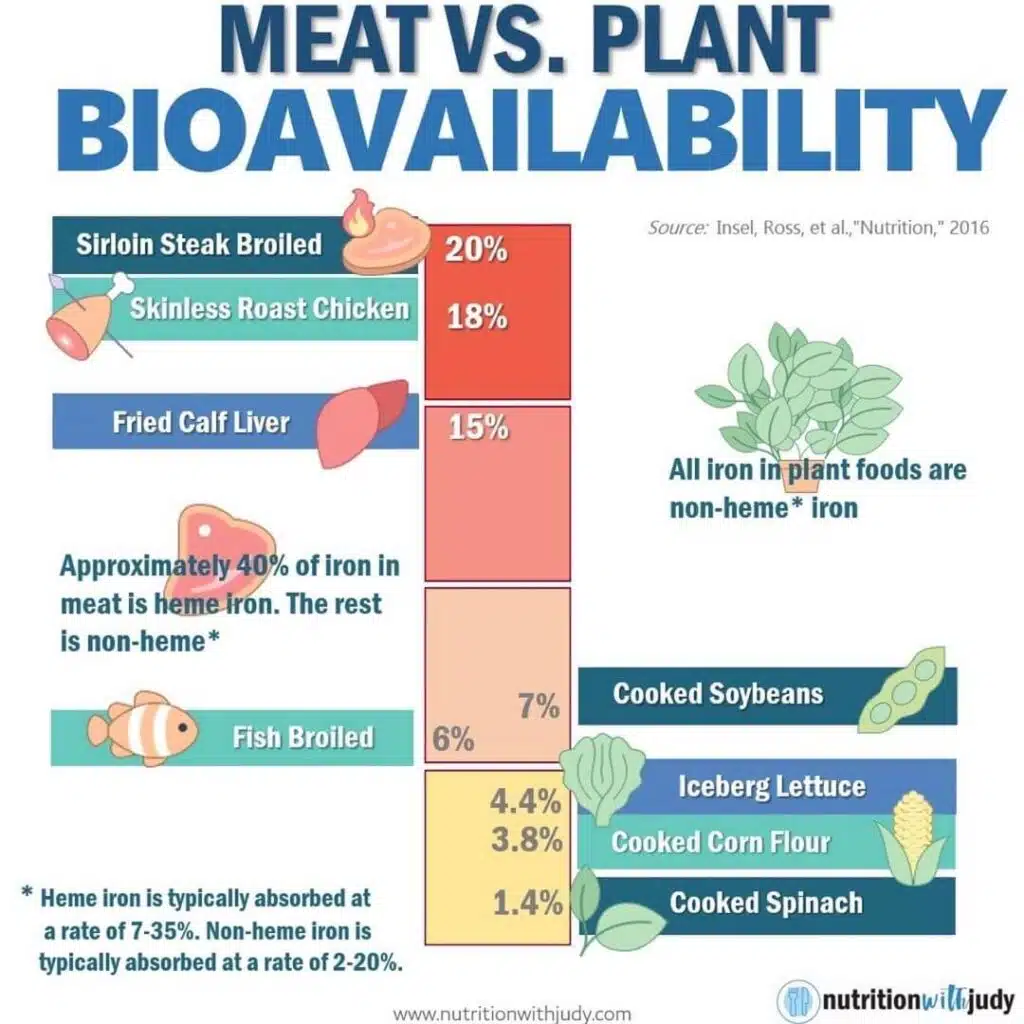Diet, fat loss, fitness, health & well-being, Lifestyle, muscle building
3 Reasons Why Complete Proteins are Better for Muscle Building than Incomplete Proteins
When it comes to building more muscle and strength, eating enough protein is a crucial first step. However, if you want to better maximize your results, then it is important that the majority of your proteins intake comes from complete proteins. Now, lets distinguish the difference between complete vs incomplete proteins, and 3 reasons why the former is the superior option.
Complete proteins
There are 20 total amino acids. 11 of them are non essential, meaning that our body already produces them organically. There are 9 essential amino acids. Our bodies do not produce these on their own, so we must get them through foods.
Simply put, foods that have all 9 of these essential amino acids are complete proteins.
These top sources of essential amino acids are animal proteins like beef, chicken, turkey, seafood, and dairy(especially whey).
Per serving, most of these animal based proteins contain between 20-35 grams.
Incomplete Proteins
As previously stated, incomplete proteins are not essential. The top sources of incomplete proteins come from most plant based proteins, including tofu, legumes, beans, nuts and seeds, and whole grains. While not as effective or as high in protein for building muscle, a serving of plant based protein or whole grains can contain between 5-15 grams, which can still help contribute to meeting your daily protein needs.
Complementary Protein Pairing
It is possible to turn an incomplete protein into a complete protein by pairing it with a food containing all 9 essential amino acids. For example, peanut butter on its on is an incomplete protein, but by combining it with milk, it becomes a complete protein. This is known as complementary protein pairing.
Why complete proteins are more optimal for building muscle
1. They better help to trigger muscle protein synthesis(MPS)
Proteins are broken down into amino acids, which help to repair micro tears in muscle tissue to promote MPS. This is a metabolic process that helps to build muscle by replacing damaged proteins with new ones. This occurs when amino acids bind to skeletal muscle proteins.
Casein rich foods are particularly helpful for building muscle, as they are slower digesting protein that help to further increasing the duration in which MPS takes place. Cottage cheese before bed is a perfect example of this.
For a list of other high protein snacks, check out one of my previous blog posts here: https://desavinofitness.com/top-10-high-protein-snacks/
2. They are higher in the amino acid leucine
Out of all 9 of the essential amino acids, leucine has been shown to have the best effect on MPS activation, muscle repair & muscle building, and improved strength. In fact, leucine is the primary amino acid that stimulates MPS. Chicken, beef, Greek yogurt, eggs, milk, and salmon are among the highest leucine containing foods.
3. They are more bioavailable
By complete protein being more bioavailable, this means that the body can better absorb all these amino acids to build muscle more effectively. Not every gram of protein gets utilized by the body; some of it is excreted as waste.
Getting enough daily protein can often be one of the hardest parts of building muscle and strength, so you want to make sure you’re not wasting your efforts by choosing the wrong proteins.
Conclusion
By now, it should be apparent why complete proteins are more optimal than incomplete proteins for building muscle. If you’re a vegan or vegetarian, you can still implement the complimentary protein pairing. There are also numerous plant based protein powders out there. Try to make sure that you pick those with a complete amino acid profile!
Thanks for reading this post, and keep eating your protein!







